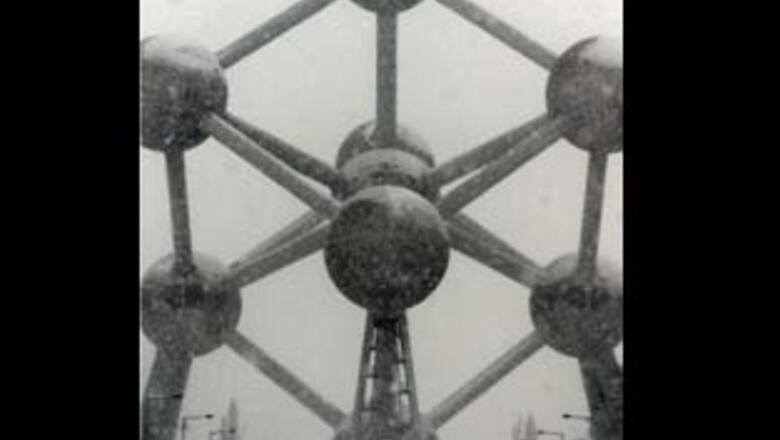
views
Chicago: US scientists have found a way to levitate the very smallest objects using the strange forces of quantum mechanics, and said on Wednesday they might use it to help make tiny nanotechnology machines.
They said they had detected and measured a force that comes into play at the molecular level using certain combinations of molecules that repel one another.
The repulsion can be used to hold molecules aloft, in essence levitating them, creating virtually friction-free parts for tiny devices, the researchers said.
Federico Capasso, an applied physicist at Harvard University in Massachusetts, whose study appears in the journal Nature, said he believed that detection of this force opened the possibility of a whole new class of tiny gadgets.
The team, including researchers at the National Institutes of Health, has not yet levitated an object, but Capasso said he now knows how to do it.
"This is an experiment we are sure will work," he said. His team has already filed for patents.
"By reducing the friction that hinders motion and contributes to wear and tear, the new technique provides a theoretical means for improving machinery at the microscopic and even molecular level," Dr Duane Alexander of the NIH's National Institute of Child Health and Human Development said.
"The emerging technology of nanomechanics has the potential to improve medicine and other fields," he said in a statement. The discovery involves quantum mechanics, the principles that govern nature's smallest particles.
By altering and combining molecules, tiny machines could be devised which could have applications in surgery, manufacturing food and fuel and boosting computer speed.
The discovery arose from Capasso's prior work as vice president of physical research at Bell Labs, the research arm of telecoms gear marker Lucent Technologies, now Alcatel-Lucent.
"I started to think how can I use these exotic quantum mechanical forces for technology," he said in a telephone interview.
Bell had been working on new devices known as Micro Electromechanical Systems or MEMS, the technology used in air bag sensors to measure deceleration of cars.
"We started to play with nanomechanics or micromechanics," Capasso said. He knew that as devices became smaller and smaller, they would fall prey to what is known as the Casimir force, an attractive force that comes into play when two very tiny metallic surfaces make very close contact.
In very small objects, this force can cause moving parts to stick together, an effect known as stiction.
A Russian team had predicted this force could be reversed using the right combination of materials.
For Capasso's experiment, the team immersed a gold-coated sphere in a liquid and measured the force as the sphere was first attracted to a metallic plate, then repelled from a plate made from silica.
Capasso said levitating is next. "We just have to do it," he said.















Comments
0 comment